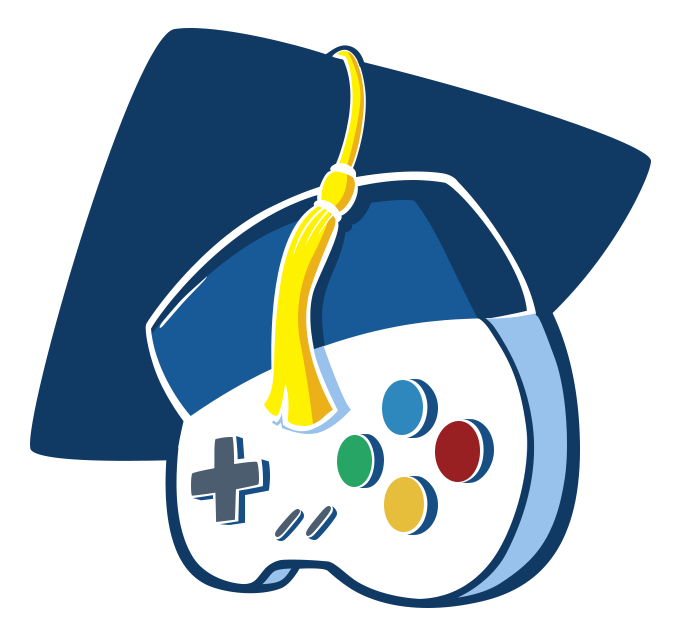Summary
Students consider statements they already know about Esports in college and then jigsaw readings about four colleges that offer Esports scholarships. After a discussion about the four college Esports programs, students examine the types of aid available at each college and compare that to the total cost of attending the college. Students reflect on their learning by thinking about their new knowledge of Esports in college and what they intend to do next.
Essential Question
How can Esports be part of the college experience?
Learning Goals
Understand how Esports scholarships can help pay for college.
Materials List
Esports in College Slides (attached)
College Esports Packets (attached)
Engage
5 Minute(s)
Use the attached Esports in College Lesson Slides to guide the session. Display slide 3 and review the essential question, how can Esports be a part of the college experience? Move to slide 4 and introduce students to the Always, Sometimes, Or Never True strategy. Three statements are on slide 4, click to reveal one statement at a time. Tell students to talk to an elbow partner and decide if the statement is always true, sometimes true, or never true. Ask for a couple of volunteers for their thoughts regarding each statement before clarifying any misconceptions.
Tell students they will learn more about how Esports scholarships can be applied to college during the session.
Explore
8 Minute(s)
Pass out the attached College Esports Packet handout to each student, randomly giving different colleges to each pair of students. Move to slide 5 and tell students to turn to the first page in the packet and read about the Esports program for the college they have been given. Tell students to underline or highlight information in the reading that explains the role of Esports at the college.
Explain
8 Minute(s)
Ask students to share one piece of information about Esports at the college they read about, one college at a time, until all four colleges have been covered. Have a discussion as a group about the similarities and differences between Esports at different colleges.
Extend
5 Minute(s)
Have students turn to the scenario card in their packet. Move to slide 6 and tell students to look at the card with their partner. As they review the card they should compare the total cost of attending the college and compare the potential financial aid awards that are associated with the college. Move through slides 7-11 and review each college's cost of attendance and aid as a group. Ask for volunteers to share the costs and the types of aid available about the college scenario card they reviewed.
Evaluate
5 Minute(s)
Provide each student with a sticky note and move to slide 12. Introduce students to the Stoplight Stickies strategy. Ask students to think about their new knowledge of Esports in college by using the red, yellow, green analogy. Tell students to write on their sticky note if they feel they are at a red, yellow, or green level and add a sentence about their understanding of Esports in college or what they plan to do next regarding Esports.
Follow-Up Activities
For other sessions related to Esports consider the Esports Careers and Esports Casting resources. (Update with correct published link please)
Research Rationale
The virtual environment in which esports take place is highly task-oriented and competitive, e-athletes must be ready to provide fast responses and efficient decision making (Tang, 2018). Esports offers a fun, interactive environment for students to learn soft skills such as teamwork and communication, and that's one reason it is being implemented in STEM education (Rothwell & Shaffer, 2019). The requirement for high-pressure problem-solving and quick strategic planning are skills that students can build when taking part in esports. Where traditional team sports, such as basketball and football, require physical skills, esports require more technical skills and mental preparedness. In a study of an educational esports league, authors discuss the learning opportunities provided during play, as well as discussion of the process of starting and maintaining a league, and recommendations for building a league (Cho, Tsaasan, & Steinkuehler, 2019).
Resources
K20 Center. (n.d.) Always, Sometimes, Or Never True. Strategies. https://learn.k20center.ou.edu/strategy/145
K20 Center. (n.d.) Stoplight Stickies. Strategies. https://learn.k20center.ou.edu/strategy/92
What is Oklahoma's promise? Oklahoma's Promise. (n.d.). Retrieved April 25, 2022, from https://www.okhighered.org/okpromise/


